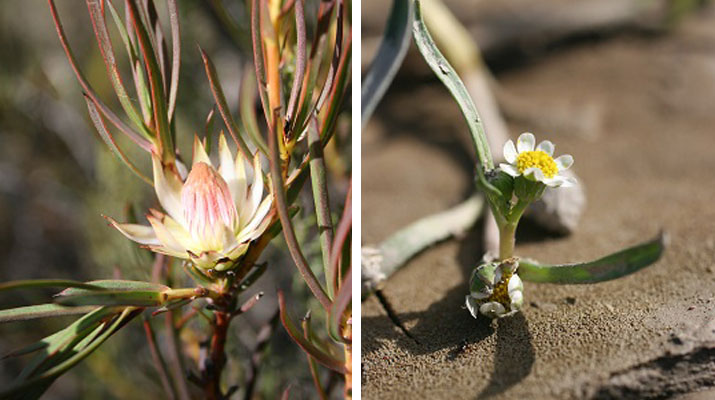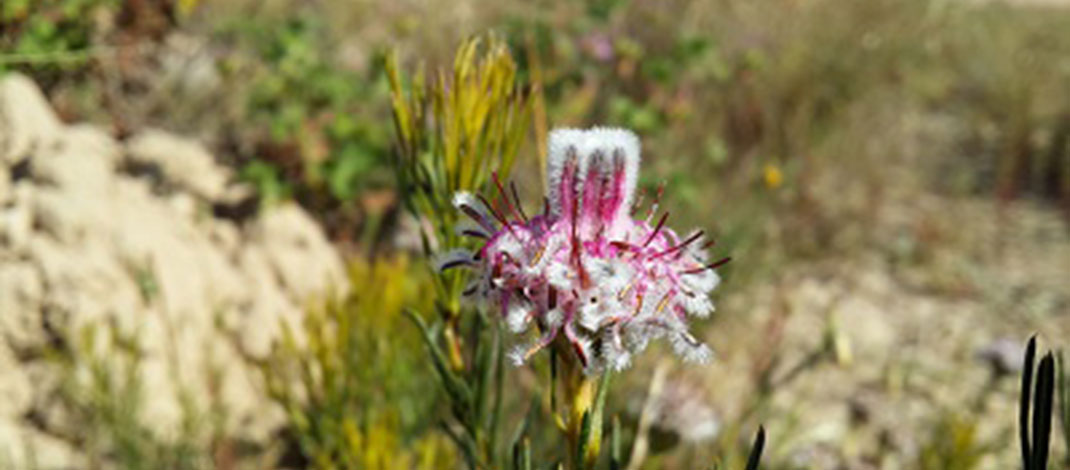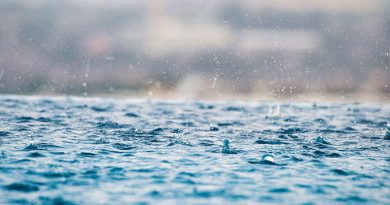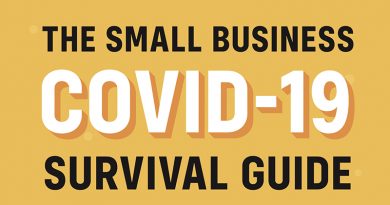400 Plant species nearing extinction
The City and its conservation partners are working together to protect Cape Town’s critically endangered and unique floral gems from extinction. Among the city’s 400 plant species that are of concern is the world’s smallest protea, the Swartland sugarbush, of which only eight plants remain. The City is calling on members of the public to help safeguard threatened species for future generations.
The City of Cape Town is calling on members of the public to make every effort to protect and conserve plant species that are critically endangered to prevent their extinction. In setting the example, the City and the Worldwide Fund for Nature (WWF) are looking into how best to protect the world’s smallest protea, now only found on a single farm in the Fisantekraal area.

At present, there are only eight remaining Swartland sugarbush (Protea odorata) plants left in the wild. The species is in desperate need of conservation management if we are to prevent its imminent extinction. Protea odorata belongs to the shale sugarbush group consisting of only two species, both of which are on the verge of extinction. P. odorata itself is a short shrub up to 1,2 m tall with narrow linear leaves bent straight upwards and between 3 cm and 6 cm long and only 2 mm wide. The flowers are cup-shaped, less than 3 cm wide and 2 cm long. The outer bracts of the flower are ivory in colour, turning to a faint pink towards the centre.
Sadly, at least 13 plant species unique to the Cape Town area are now listed in the IUCN Red List as ‘Globally Extinct’, while the world’s smallest protea is among another 400 plant species in Cape Town that are nearing extinction.
Species now extinct in the wild include:
· Hairy bigstyle buchu (Macrostylis villosa) subsp. minor (Buchu family)
· Several Ericas (heaths) including Erica verticillata and Erica turgida, both from the Cape Flats
· Two species of the pea family: Cape Flats gorse (Aspalathus variegate) and grass mountain pea (Liparia graminifolia)
· Wynberg conebush (Leucadendron grandiflorum) from the protea family
· Table Mountain window reed (Willdenowia affinis) from the reed family · Peninsula snapdragon (Nemesia micrantha) from the snapdragon family.
Plant species may become increasingly threatened as a result of various factors, such as fires occurring too frequently, urbanisation, poaching and flower-picking.
The City, with its partners, is making every effort to protect plant species that are critically endangered:
· The Kraaifontein spiderhead (Serruria furcellata), a type of low-growing protea-family species, is doing well in the City’s Bracken Nature Reserve where it has been reintroduced. Only a single naturally occurring plant still occurs in the North Pine area of Brackenfell. With the assistance of the South African National Biodiversity Institute, the plant’s cuttings were rooted and planted at the reserve. Officially, under IUCN rules, these plants can only be considered to have been successfully restored if they survive for three generations. This would be about 45 years in lowland fynbos.
· The strawberry spiderhead (Serruria ameula) is only found on the sandy lowlands of Cape Town (Cape Flats sand fynbos). With nearly 100% of its habitat permanently transformed, a few remaining plants are scattered along road verges and tiny patches of vegetation mostly within the City’s Urban Edge where they continue to decline. A few individuals are conserved at the Plattekloof Natural Heritage Site, Rondevlei Nature Reserve and the Bracken Nature Reserve.
· Blouteebossie (Psoralea glaucina) was thought to occur only in wetland depressions to the east of Muizenberg. The few remaining plants are within a small natural area in a residential development and another small population in the vicinity. However, several plants were also discovered in the wetlands around the Witzands Aquifer Nature Reserve near Atlantis which is in the process of being proclaimed a nature reserve by the City and CapeNature.
· The Kraaifontein heath (Erica bolusiae var bolusiae) is barely holding on, with fewer than 250 remaining plants in the wild and it is rapidly declining in numbers due to continued spread of invasive species and wild fires occurring too frequently. Its closely related ‘cousin’, Erica bolusiae var cyathiformis, became extinct in the 1970s. Both varieties are cultivated at Kirstenbosch, but at present none of the wild populations are conserved.
· Senecio cadiscus is an annual aquatic plant (living for only a few months in the wet season) occurring on Cape vernal pools vegetation along the Cape West Coast. As an annual that dies off in its entirety every year and has to grow back from seed the following year, it is extremely vulnerable to changes in climate and changes in its habitat from year to year. At present, the species is only known from three seasonal pools along the N7 highway, none of which are conserved, and suffers the impacts of trampling by animals. Efforts to establish a population within a nearby protected area have not yet been successful.
‘Cape Town is situated in a global biodiversity hotspot and is home to some of the most threatened plant species in the world. For this reason, it is not only the responsibility of the City and its partners to protect and conserve our environment – every single one of us has a role to play in looking after our natural heritage and to preventing it from being destroyed.
‘Let us make a concerted effort to conserve some of our most endangered plant species for generations to come, including the world’s smallest protea,’ said the City’s Mayoral Committee Member for Energy, Environmental and Spatial Planning, Councillor Johan van der Merwe.
Issued by: Media Office, City of Cape Town
Councillor Johan van der Merwe, Mayoral Committee Member for Energy, Environmental and Spatial Planning, City of Cape Town
Tel: 021 400 3794
Cell: 076 234 3114
E-mail: Johannes.VanDerMerwe@capetown.gov.za




